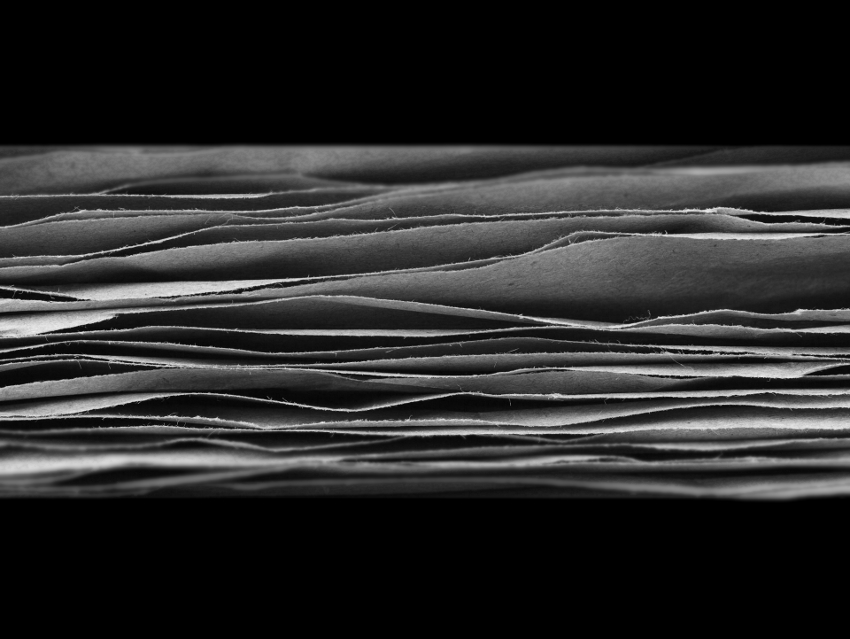When a membrane separates two solutions with different ion concentrations, ions usually move through the membrane in the direction of the gradient—from the higher to the lower concentration. However, active ion transport can allow the movement of ions in the opposite direction. This can, for example, be achieved in biological systems or using lipid or liquid membranes with ion-binding shuttle molecules. A non-biological, solid-state material that can transport ions against a concentration gradient would be useful.
Diannan Lu, Tsinghua University, Beijing, China, Wei Guo, CAS Key Laboratory of Bio-Inspired Materials and Interfacial Science, Chinese Academy of Sciences, Beijing, China, and colleagues have developed a layered graphene oxide membrane (GOM) that can transport cations against a concentration gradient under asymmetric lighting. The GOMs were prepared by vacuum filtration of GO nanosheets, followed by thermal annealing. The resulting membranes have a dense, layered structure, like the sheets of paper in a book.
The team embedded the membrane in a transparent polydimethylsiloxane (PDMS) elastomer and connected the open sides of the material’s nanochannels to two solution reservoirs. The movement of ions was recorded electrochemically. The team found that when the membrane is illuminated in an off-center position, cations flow towards the illuminated region, even against a concentration gradient. The process is insensitive to the membrane temperature, i.e., the effect is caused by light.
According to the researchers, the light changes the local electric potential on the layered GO membrane. The photo-excited electrons and holes in the material move to the non-illuminated area, a process driven by their own concentration gradients. In GOMs, the mobility of the holes is higher than that of the electrons, which causes an electric potential difference across the membrane. This potential difference can drive the transport of ionic species.
- Photo-induced ultrafast active ion transport through graphene oxide membranes,
Jinlei Yang, Xiaoyu Hu, Xian Kong, Pan Jia, Danyan Ji, Di Quan, Lili Wang, Qi Wen, Diannan Lu, Jianzhong Wu, Lei Jiang, Wei Guo,
Nat. Commun. 2019.
https://doi.org/10.1038/s41467-019-09178-x




